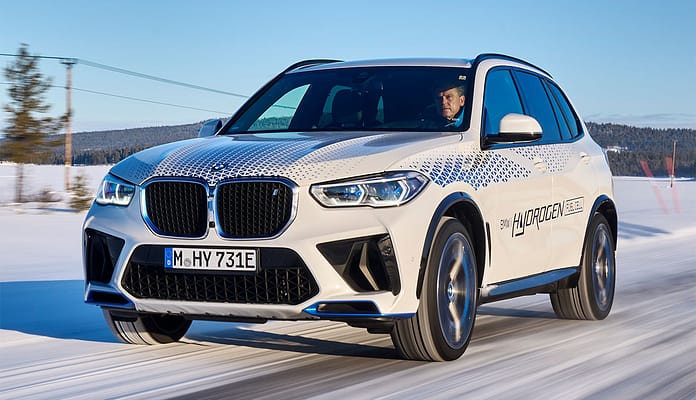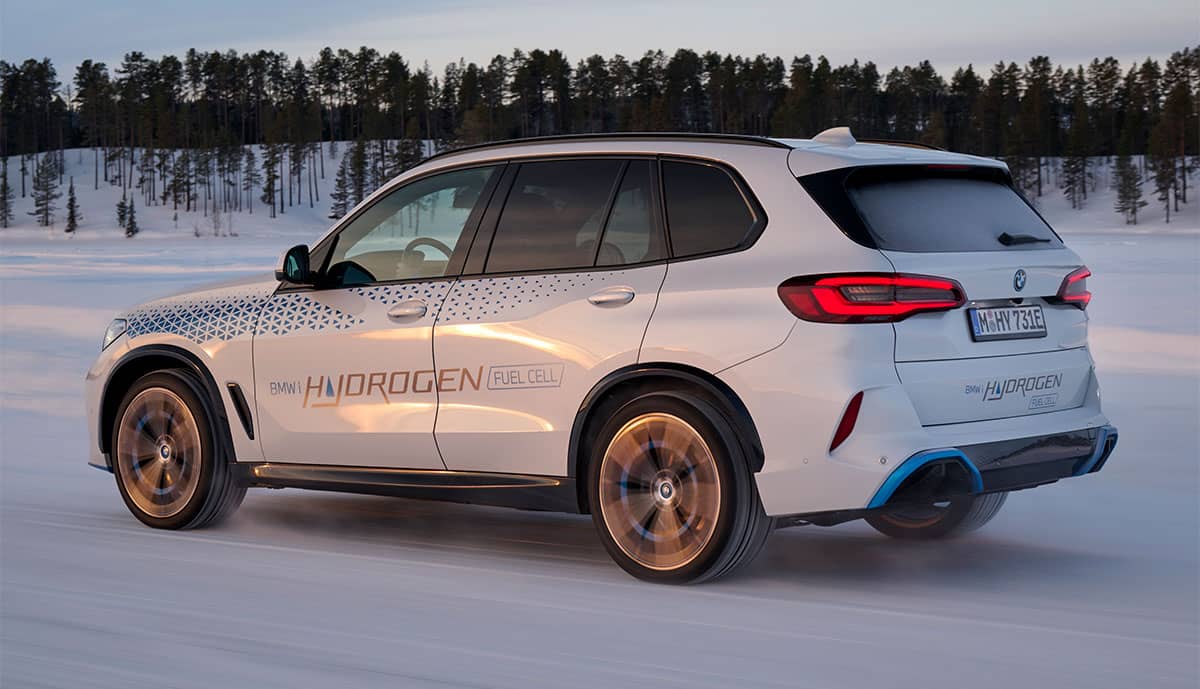In addition to pure battery electric cars, BMW is also promoting hydrogen fuel cell electric vehicles. The highly anticipated iX5 Hydrogen is currently completing its final winter test on public roads and at the group’s test center in Arjeplog, northern Sweden.
“The integrated functional testing and validation of the fuel cell system, hydrogen tanks, temporary power battery and the vehicle’s central control unit demonstrates that this additional option for CO2-free mobility, even at extremely low temperatures, reliably ensures sustainable driving enjoying a high level of comfort and performance. Unrestricted,” says BMW.
BMW continues to develop the iX5 Hydrogen with test drives in the Arctic Circle, and a small series production of this model is scheduled during this year. At the same time, the company is committed to expanding the network of hydrogen filling stations. “Winter testing under extreme conditions clearly shows that the BMW iX5 Hydrogen delivers full performance even in temperatures of minus 20 degrees, and is therefore a valid alternative to BEV (Battery Electric Vehicle Editor). In order to be able to offer Attractive proposition for our customers for sustainable mobility using a fuel cell, a suitable hydrogen infrastructure is also needed,” said BMW’s Head of Development, Frank Weber.
According to BMW, the hydrogen fuel cell engine has the same suitability for everyday use as a conventional combustion engine, especially at very low temperatures. Full system performance is available soon after launch. The drive system’s range remains unrestricted even “in the extreme cold”. Plus, it takes only three to four minutes to fill hydrogen tanks, even in the depths of winter.
“Regardless of the season and outside temperatures, the hydrogen fuel cell engine combines the best of the world of driving: the emission-free mobility of an electric vehicle domestically and the unrestricted convenience of everyday use, including short refueling stops, as is known from models with combustion engines. ‘,” said Jürgen Goldener, Head of Hydrogen Fuel Cell Technology and Vehicle Projects at the BMW Group.
The drive system of the BMW iX5 Hydrogen combines fuel cell technology and an electric motor. The hydrogen, which is stored in two 700-bar tanks made of carbon-fibre-reinforced plastic, serves as the energy carrier. The fuel cell converts hydrogen into electricity and generates 125 kW / 170 hp. In addition, the electric motor can use the energy stored in the battery for power. This is either charged by rec or fuel cell. This means that a system output of 275 kW / 374 hp is available for particularly dynamic driving situations. The fuel cell releases water vapor as the only emission. BMW engineers use the waste heat to heat the interior.
It remains to be seen if BMW will later manufacture hydrogen electric cars on a large scale. A recent statement states: “In the future, the BMW i brand, entirely geared towards domestic zero-emissions mobility, could also offer cars with hydrogen fuel cell engines as well as battery-electric models. In this way, the mobility requirements of customers can be met on Especially those who do not have special access to electric charging infrastructure, who often travel long distances or who desire a high level of flexibility.”








